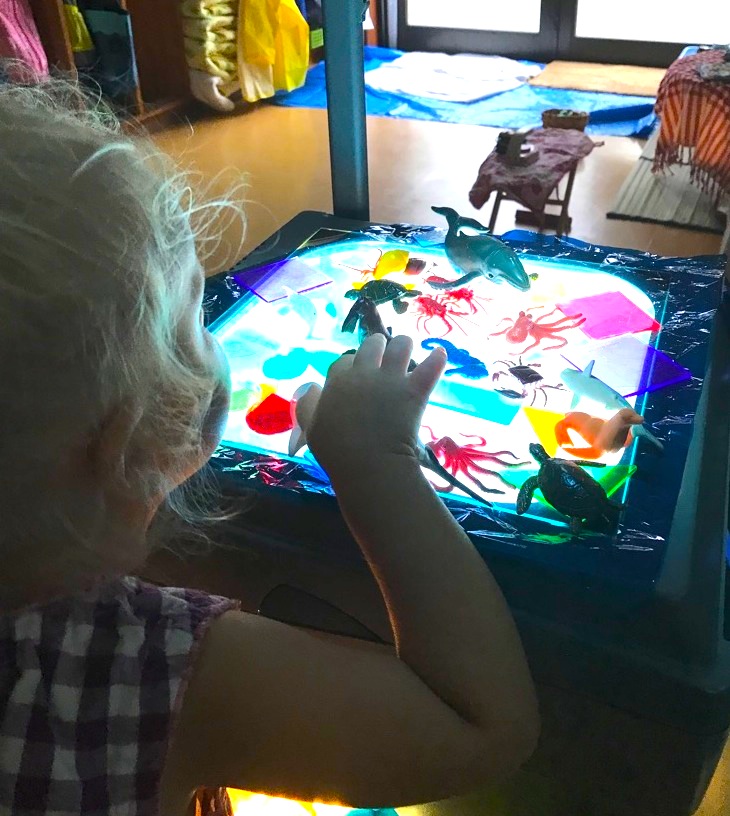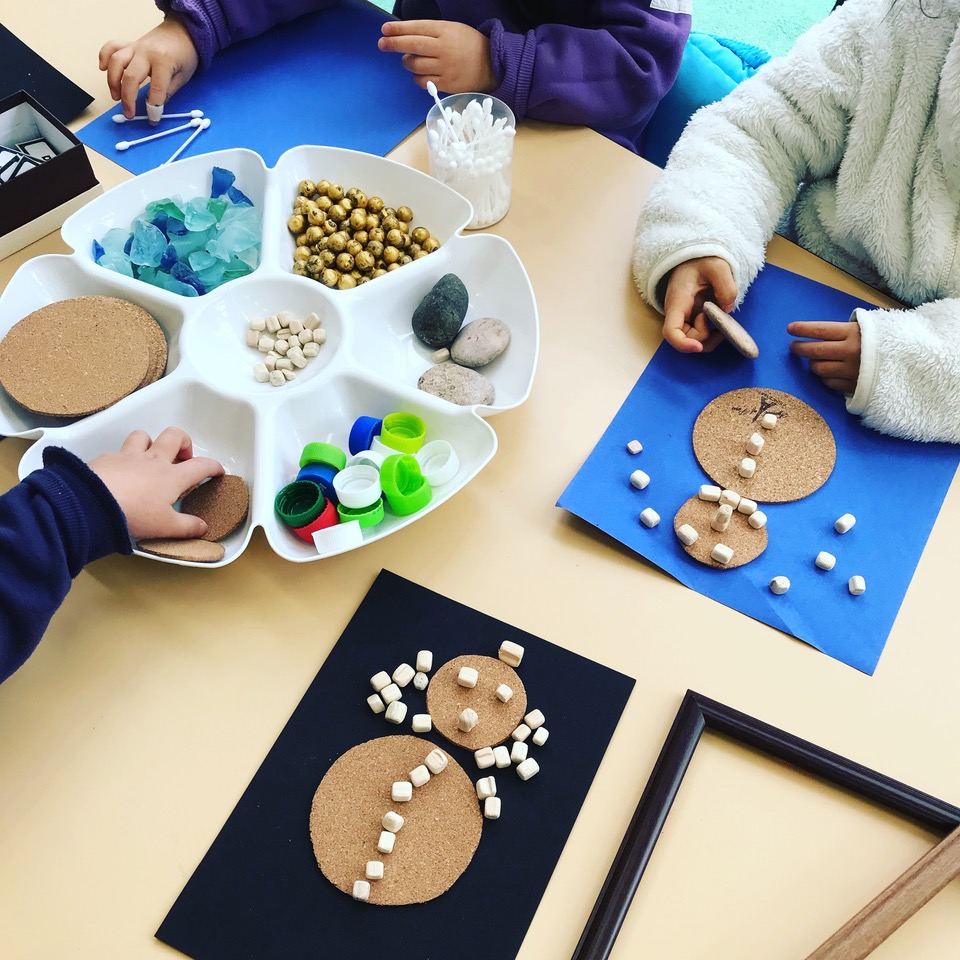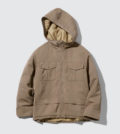- November NO-admission-fee days at the Snoopy Museum
- The Royal Park Hotel Kyoto invites families to book its Marble room this fall.
- Grand Central Oyster Bar offers the best of the fall season.
- The Tokyo Sky Tree is Ready for Christmas
- Kimono and Athleisure. Do they go together?
- Shimokitazawa’s Curry Festival Is Back and Bigger Than Ever
- Tokyo’s Christmas Market in Hibiya Park Returns
- Shonan Candle Illumination
- Pierre Hermes collaborates with Sanrio’s Hello Kitty
- The Strings Omotesando is taking orders for surprise cakes.
Forest-style learning: Komazawa Park International School
The school’s increasingly popular forest-style learning is a beacon of top-tier early childhood education.
Children today are spending too much time on their iPads and video games. All this screen time makes parents worried and it should. Compelling studies show that too much tech stunts brain development, affects moods, development of soft skills and more. Yet, many parents just don’t know what to do.
It’s that lazy effect that Komazawa Park International School wants to challenge in our kids’ learning experience using an open-air classroom. The whole outdoor learning isn’t exactly a new thing. Its roots reach back to the 19th century, but the forest school movement gained urgency in the last ten years as the rapidly evolving digital world has taken us by surprise.
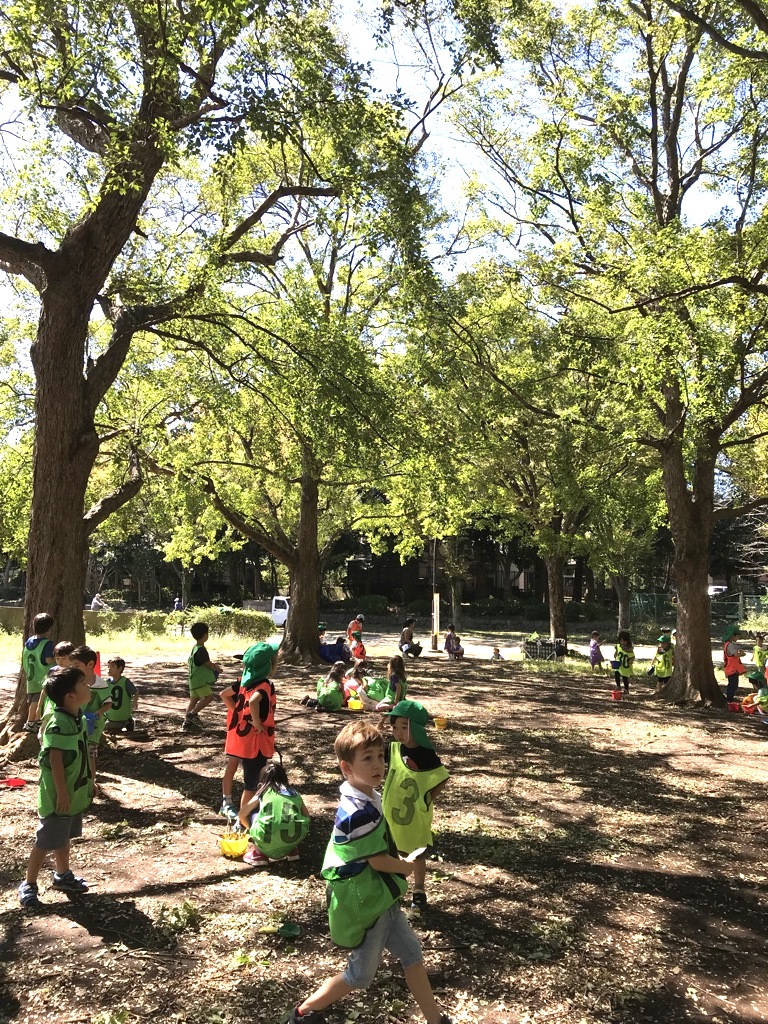 KPIS is one of the few international schools in Tokyo with a strong focus on holistic independence that fosters self-motivation, confidence, curiosity and the ability to pursue 21st century goals into adulthood. Its preschool and kindergarten programs are for children 18 months to 6 years old. Located next to Komazawa Olympic Park, the children are able to go out of the classroom and into the great outdoors for extended periods of time on a regular basis.
KPIS is one of the few international schools in Tokyo with a strong focus on holistic independence that fosters self-motivation, confidence, curiosity and the ability to pursue 21st century goals into adulthood. Its preschool and kindergarten programs are for children 18 months to 6 years old. Located next to Komazawa Olympic Park, the children are able to go out of the classroom and into the great outdoors for extended periods of time on a regular basis.
The secret behind the school’s success is its child-centered, play-in-nature approach, which first gained popularity in Europe.
Early Childhood Educator and Principal, Merete L. Kropp, explains, “Children who spend a considerable amount of time in nature are able to participate in a wide variety of sensory experiences that involve sight, touch, smell, sound and taste. When multiple senses are engaged, awareness is heightened, allowing children to retain deeper understanding of themselves, others and the world around them. “
At KPIS, children discover through observation, rather than direction, and
learn to experience the natural environment through a series of unstructured activities. This a clear departure from a mainstream model in which children wait to be told what to do.
In a world moving toward dependence on automation, robotics and AI, emphasis on activities that spark curiosity and questioning in early years help develop competencies and skills (instead of learning for the sake of passing a test) leading to a lifelong love of learning. In the process, children acquire soft skills that Kropp says, “play a crucial role in later academic learning.”
Kropp adds, “Nature learning helps the child in building confidence to participate in healthy risk taking, learning self-regulation, practicing executive function, increasing social-emotional adaptability while also providing health benefits such as physical agility, stamina, strength, improved mental health and better sleeping and eating habits.”
 KPIS children are given two hours of self-directed free-play time outdoors three times a week. Activities include climbing and running, which means children learn to manage risks as they trip, fall and hurt themselves. KPIS program also includes sensorial work. As children dig, collect small natural items such as leaves, acorns and sticks, catch insects, they imagine a new world of their own that leads to creativity. The items collected are often brought back to the classroom, repurposed as loose parts (open-ended toys that can be used in an array of ways) or used for art projects. As a result, children learn many scientific skills such as making and testing hypotheses, cause and effect, information about weather, seasons, insects and animals, life cycles and plants, leaves, seeds, trees and other facts about nature.
KPIS children are given two hours of self-directed free-play time outdoors three times a week. Activities include climbing and running, which means children learn to manage risks as they trip, fall and hurt themselves. KPIS program also includes sensorial work. As children dig, collect small natural items such as leaves, acorns and sticks, catch insects, they imagine a new world of their own that leads to creativity. The items collected are often brought back to the classroom, repurposed as loose parts (open-ended toys that can be used in an array of ways) or used for art projects. As a result, children learn many scientific skills such as making and testing hypotheses, cause and effect, information about weather, seasons, insects and animals, life cycles and plants, leaves, seeds, trees and other facts about nature.
Children also get a chance at dramatic pretend play scenarios as well as playing balls with their peers from other grade levels. The older children learn how to look out for the younger ones and support them in their play, which fosters empathy, an important life skill best learned early. Teachers have a detailed protocol for providing supervision and ensuring safety during play.
The range of activities available to children are unlimited. On days when children do not go to parks, KPIS provides a gamut of activities that keep them engaged through yard play or painting, block play, pottery class, read-aloud story time, and picnic lunches and snack times. Children also do play-dough (that might happen to smell like coconut or cinnamon), build with an assortment of open-ended construction toys, play with lights and shadows using an overhead projector or paint a picture while standing at an easel.
If you have children whining about having to go outside instead of playing with their iPads, fret not! KPIS helps wean them off devices by diverting their attention to more meaningful activities. Kropp explains, “We find that when children are not offered the option of playing on a device, they do not ask for it. The first step in ensuring the success of this, is to clearly model the desired behavior. Children do not see anyone using a phone or tablet from the moment they arrive at school until the time they are picked up (with the exception of being used as a peripheral tool to take pictures or play music).”
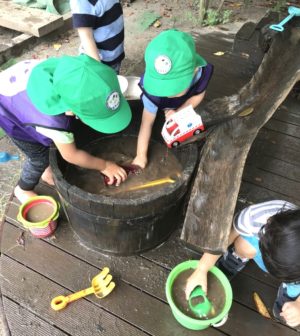 While keeping the school environment and teaching children healthy hygiene habits are KPIS routines, the school believes there is no greater pleasure than giving children permission to get dirty. KPIS’ unofficial motto is “The weather does not tell us what to do, but rather it tells us what to wear.” This means they go out - rain or shine (except in extreme weather conditions) and do fun activities like puddle-stomping in giant mud puddles while it is still raining as part of the KPIS learning experience. Germophobic parents will raise an eyebrow, but Kropp assures them that mud play is healthy and research has children’s back!
While keeping the school environment and teaching children healthy hygiene habits are KPIS routines, the school believes there is no greater pleasure than giving children permission to get dirty. KPIS’ unofficial motto is “The weather does not tell us what to do, but rather it tells us what to wear.” This means they go out - rain or shine (except in extreme weather conditions) and do fun activities like puddle-stomping in giant mud puddles while it is still raining as part of the KPIS learning experience. Germophobic parents will raise an eyebrow, but Kropp assures them that mud play is healthy and research has children’s back!
KPIS’ A+ PROGRAM
What is A+ Program?
Established in 2000 under the umbrella of KPIS, A+ Program was created to provide value-added English language support to children—who attended local Japanese schools—in a caring learning environment.
A+ Program has two overarching goals. First, the program strives to develop students’ reading, writing, speaking and listening skills so they can communicate their feelings, ideas and opinions effectively.
The second goal is to create an atmosphere where students learn how to use English as a means to open doors of opportunity in the future.
Who is it for?
A+ Program is designed for children ages 3 years up to 15 years. Starting with young preschoolers with limited to no English ability, A+ Program has fun and interactive classes that introduce English. As students enter elementary school, they begin to master the various rules of phonics and become more proficient and confident in their emerging English language skills. Year by year, the students build on their strong foundation, and their reading, writing, speaking and listening skills gradually improve.
Teacher-to-Student Ratio
For preschool and kindergarten students ages 3-6 years old, the maximum teacher-to-student ratio is 1:12, but the current daily average ratio is 1:5. For elementary and junior high students ages 6-15 years old, the maximum teacher-to-student ratio is 1:12 as well, but the current daily average ratio is 1:6. A+ Program’s low teacher-to-student ratios allow teachers to pay close attention to students’ needs and regularly adjust lesson plans based on these observations, which in turn helps students develop and enhance their language skills.

